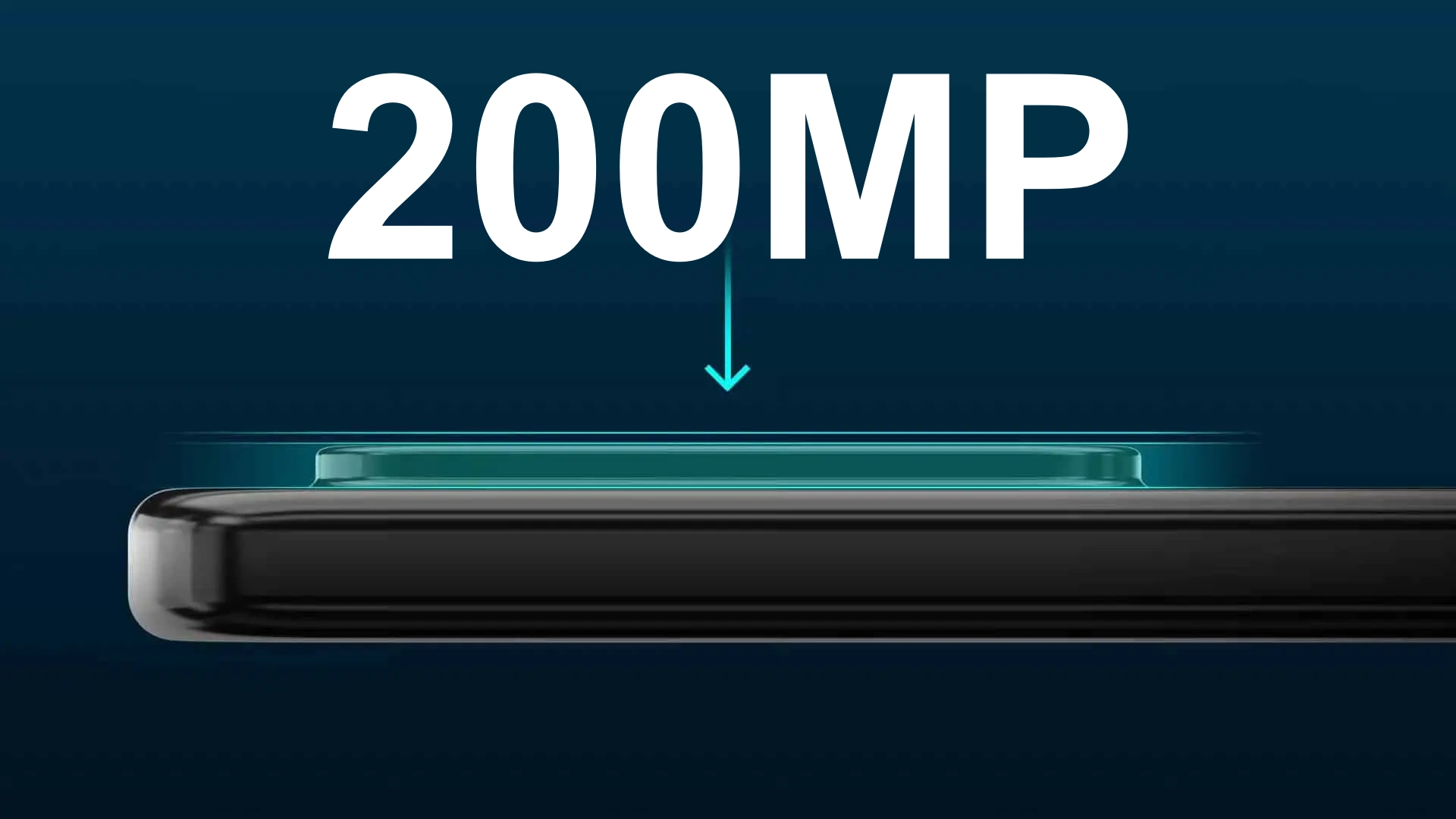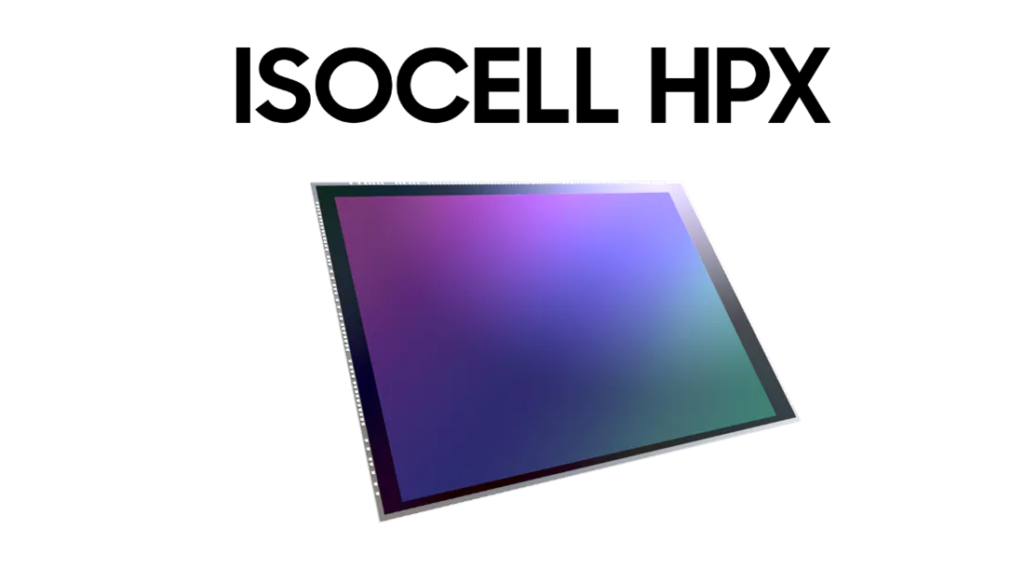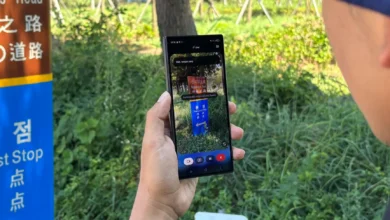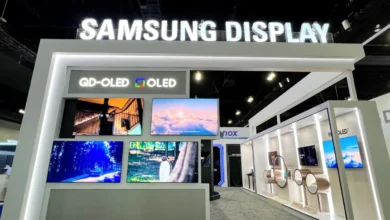Samsung Launches 200MP ISOCELL HPX Sensor: It Won’t Arrive On The Galaxy S23 Ultra

Samsung unveiled a new smartphone camera sensor with a 200MP resolution. It arrives with several features and greater capture capacity in various light conditions. The new sensor just presented is called ISOCELL HPX and will be able to count on several technical specifications of interest. As we will see, however, this sensor may never arrive in the US, at least not in the variant that debuted today, remaining exclusive of Chinese brands such as Xiaomi or Realme. Previously, it had already released ISOCELL HP3 sensors for thin and compact mobile phones.
This time, the news presented by the South Korean manufacturer seems to maintain this idea since the sensor should leave the camera module about 20% smaller. Therefore, the smartphone equipped with it will not only be less thick but will also have a set of lenses less highlighted from the back.

The new 200 Megapixel ISOCELL HPX sensor, can record 8K video at 30 fps and use 12.5 or 50 Megapixel pixel binning, depending on the light conditions in which the shots are taken. The launch of the new 200 Megapixel sensor is definitely very interesting news.
Recall, in fact, that, according to the rumors of recent days, Samsung would have opted for a 200 Megapixel sensor for its next top of the range, the Samsung Galaxy S23 Ultra, which will arrive on the market during the first quarter of 2023. The focus on the launch of new photographic sensors of this type, therefore, can only be high.
The first information about the new ISOCELL HPX, however, anticipates us that this sensor will have nothing in common, net of the 200 Megapixels, with what Samsung should install on the S23 Ultra. The sensor, in fact, should have been made ‘on commission’ for some Chinese brands and could only be installed on smartphones intended for the local market.
Meanwhile, between the end of the current year and the beginning of next year, the new ISOCELL HPX is expected to start making its way into the market. For now, there is still no list of customers for this new sensor but it is easy to assume that, shortly, the new HPX could be offered by smartphones branded by Xiaomi, OPPO, Realme and Motorola. More details will certainly come in the next few days.



